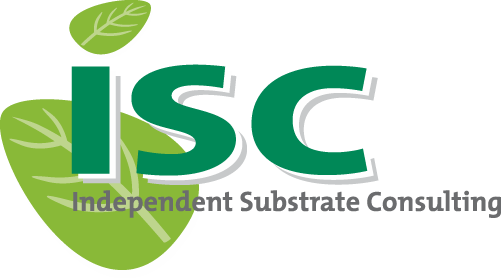info@substrate-consulting.nl
+31 651 280 141

Still one of the main ingredients of potting soil is peat. There are many different types, depending on the origin, the age, the way of harvesting.
For the origin mean the variety of sphagnum (there are hundreds of varieties and each with its own characteristics) but also the place; under which climatical conditions the peat developed the last thousand(s) years ?
Also the age is important because the older the peat, the more decomposed and the more dark. This has a huge influence on the characteristics (like water adsorption capacity, stability etc.).
Then there is the way of harvesting the peat.
Whitepeat (the youngest/upper layer) can be harvested by milling the upper layer so that the sun can dry the peat and when dry enough it is harvested.
Another method is to “cut” blocks out of the peatbog and the blocks are dried. After drying the blocks are broken and screened to get good fractions. This takes more time and is more time consuming but gives a better structure for potting soils.
Blackpeat is older and therefore more dark but also more fine.
Because peat is still one of the base materials in many potting soils, it is very important to understand the characteristics of each type: the water holding capacity, the shrink, the aircontent, the stability, the uniformity (even in one peatbog you can find different analyses), the purity (sand/weeds), the wateradsorbtion after drying out (see “Wetting agent”) etc.
Because the grower needs a reliable-, stable-, clean-, easy to handle-, rewettable-, uniform substrate.
This is just a brief note.
If you want to know more about the characteristics, the use, the advantages, the quality of the different types of peatmoss: don’t hesitate to write us a mail at info@substrate-consulting.nl

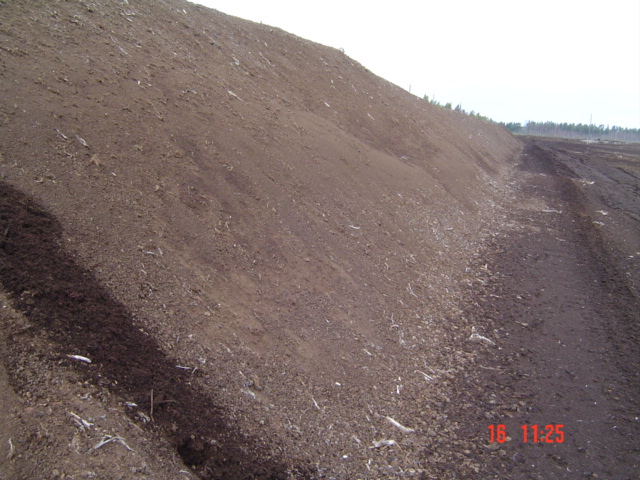
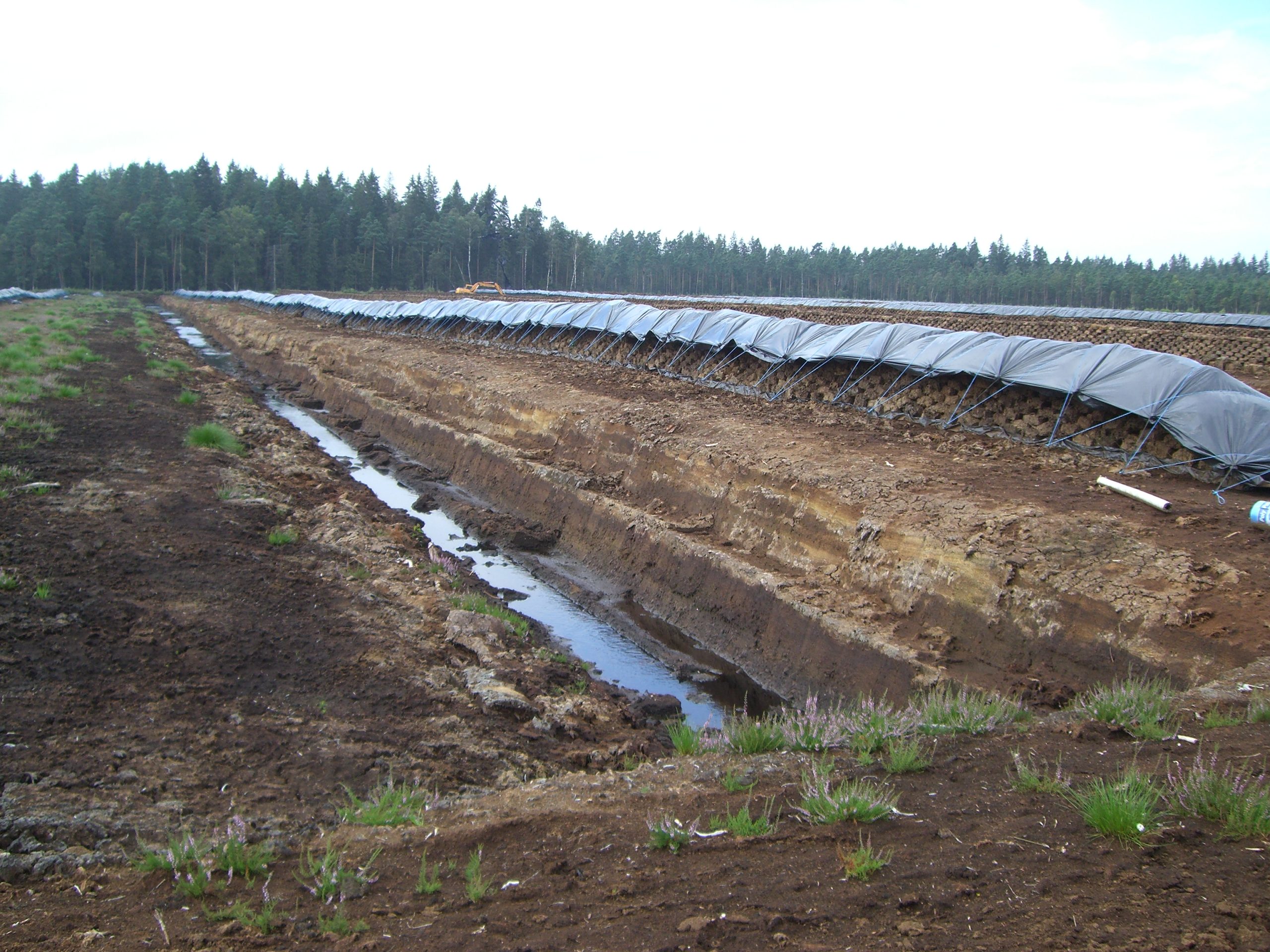
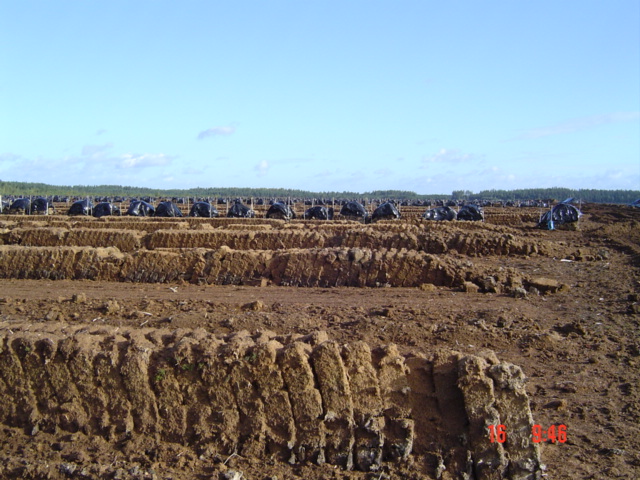
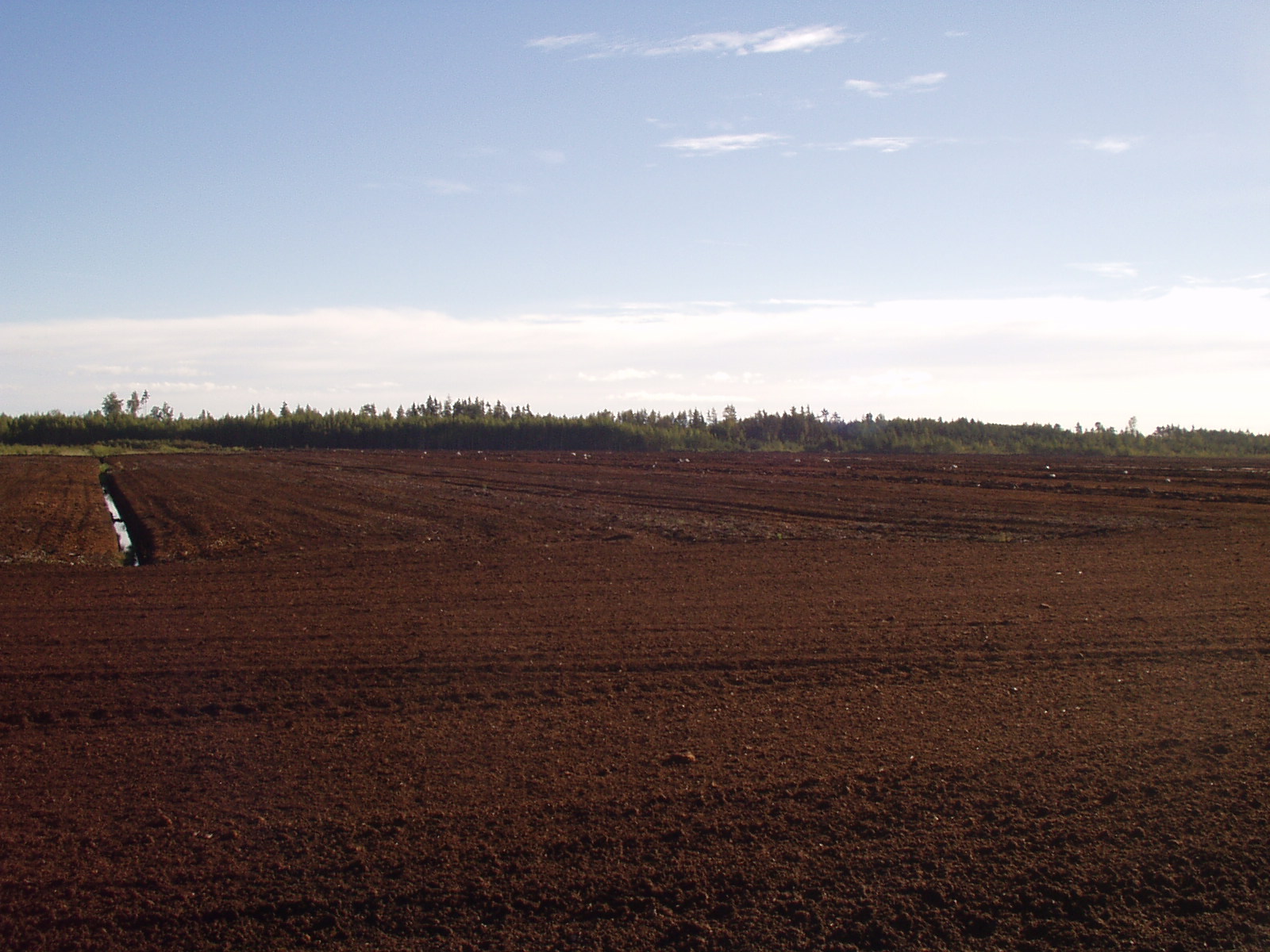
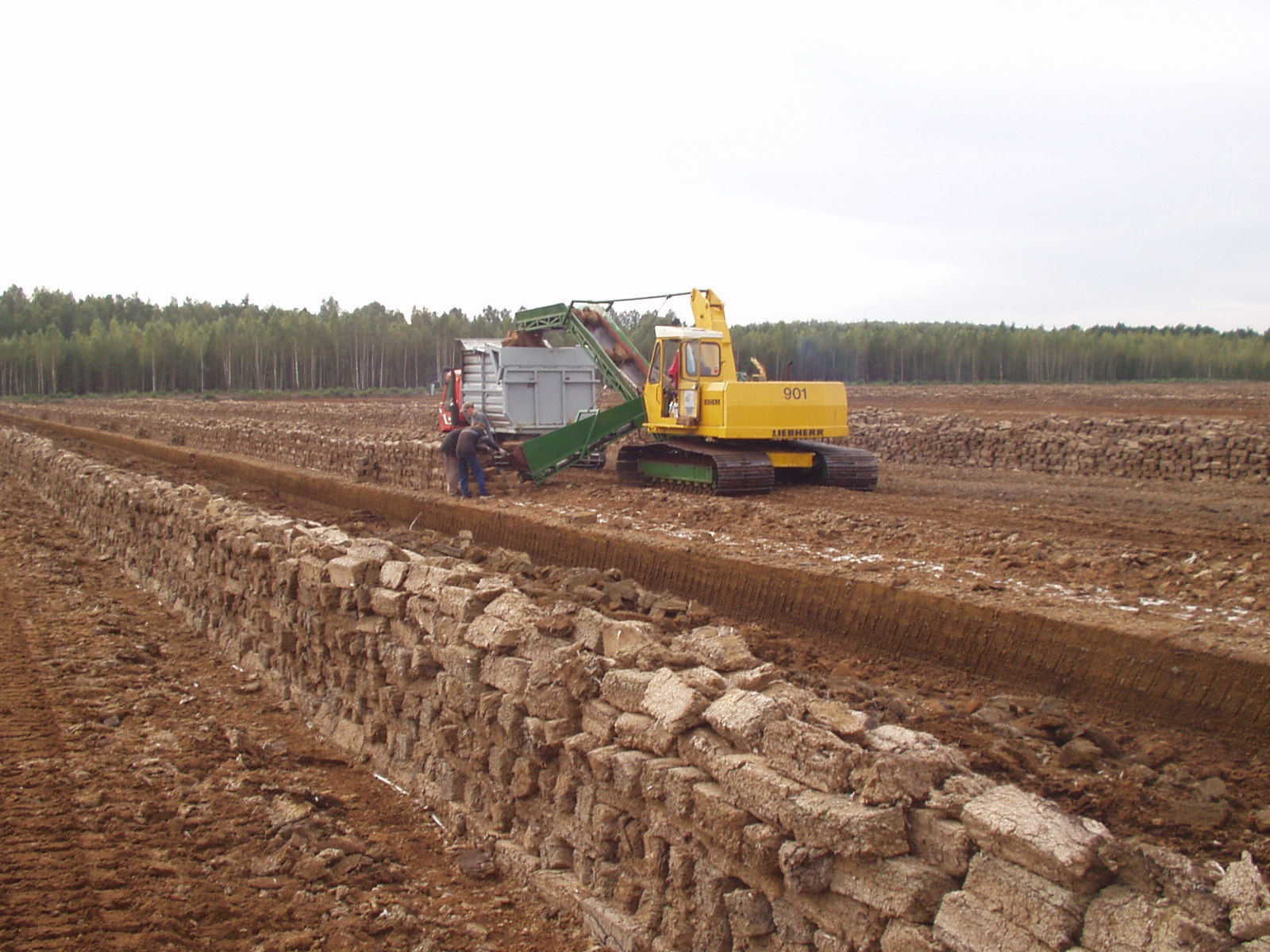
Hogelaan 6
3134 VK Vlaardingen
The Netherlands
+31 (0)651 280 141
© 2023 I.S.C. | All rights reserved. | Realisation: RED PILL Design
